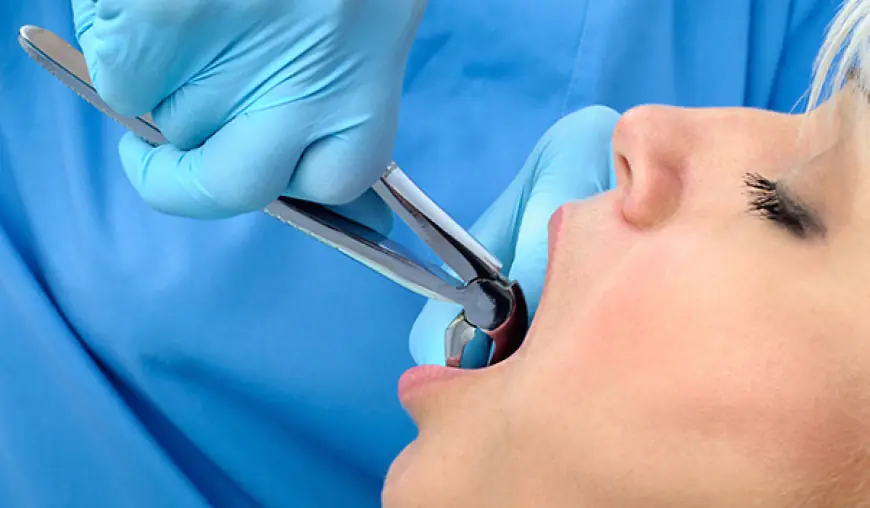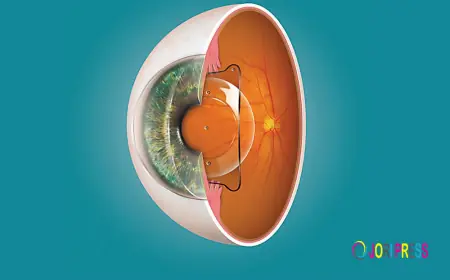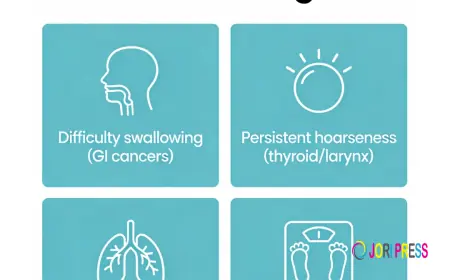How Dentists Perform Tooth Removal: Step-by-Step Process
Tooth Removal

Tooth extraction may sound intimidating, but it’s a common and often necessary dental procedure used to relieve pain, remove damaged teeth, or make space for orthodontic treatment. Patients considering Tooth Removal in Dubai often want to know exactly what happens during the process. Knowing what to expect at each stage can ease anxiety and help you prepare for a smooth experience. This article outlines the complete step-by-step procedure dentists follow when performing tooth extractions.
Initial Examination and Diagnosis:
Before any extraction, the dentist must assess the condition of the tooth and surrounding structures to determine if removal is necessary.
-
A thorough clinical examination is conducted to evaluate symptoms
-
Dental X-rays are taken to view the tooth’s position and root structure
-
The dentist checks for infection, decay, cracks, or gum disease
-
Medical history is reviewed, especially if you're on medications or have health conditions
-
If the tooth can be saved through other treatments (like a root canal), those options are discussed
Only after this step is a final decision made to proceed with the extraction.
Preparing for the Procedure:
Once the dentist confirms that extraction is necessary, the next step involves preparing the patient both physically and mentally.
-
The dentist explains the procedure and answers any questions
-
Consent forms are signed after discussion of risks and benefits
-
Sedation options may be offered depending on the complexity and patient anxiety
-
Local anesthesia is administered to numb the extraction area
-
Patients are given pre-operative instructions (e.g., avoid eating beforehand if sedation is used)
This preparation ensures a comfortable and safe experience during the procedure.
Administering Anesthesia:
Tooth extractions are typically painless due to the effective use of local anesthetics or sedation.
-
Local anesthesia is injected near the tooth to block pain
-
For anxious patients or surgical extractions, sedation (oral, IV, or nitrous oxide) may be used
-
The dentist ensures the area is fully numb before starting
-
You may feel pressure, but not pain, during the extraction
-
Monitoring equipment is used if deeper sedation is required
Proper anesthesia ensures the patient remains relaxed and pain-free throughout the procedure.
Loosening the Tooth:
After numbing, the dentist begins the extraction by loosening the tooth from its socket in the jawbone.
-
A dental elevator tool is inserted between the tooth and bone
-
Gentle rocking or twisting motions help detach the ligaments holding the tooth
-
For multi-rooted teeth, sectioning the tooth may be necessary
-
The goal is to minimize trauma to the surrounding bone and gum
-
In some cases, minimal bone may be removed to ease the process
This step is critical for ensuring the tooth comes out smoothly and with minimal discomfort.
Removing the Tooth:
Once the tooth is loosened sufficiently, it is carefully extracted from the socket using dental forceps.
-
The dentist applies steady pressure to remove the tooth
-
Surgical extractions may involve incisions or bone removal
-
The dentist checks to ensure no fragments or root tips remain
-
Any cysts or infected tissue are also removed if present
-
The socket is cleaned thoroughly to prevent infection
Successful removal at this stage is followed by post-operative care to support healing.
Controlling Bleeding and Closing the Site:
After the tooth is out, the dentist works to manage bleeding and begin the healing process.
-
Sterile gauze is applied to help form a blood clot in the socket
-
Pressure is maintained for several minutes
-
If needed, dissolvable stitches may be placed
-
Hemostatic agents (special sponges or medications) may be used
-
The dentist ensures clot formation before ending the procedure
Proper clotting is essential to prevent complications like dry socket and infection.
Post-Extraction Instructions:
To ensure proper recovery, patients are given detailed guidelines on how to care for the extraction site.
-
Avoid smoking, alcohol, and drinking through straws for 24–48 hours
-
Eat only soft foods and avoid chewing near the extraction site
-
Take prescribed pain relievers or antibiotics as instructed
-
Use cold compresses to reduce swelling
-
Rinse gently with salt water after 24 hours to promote healing
Following these instructions significantly reduces the risk of complications.
Recovery and Follow-Up:
Healing times vary depending on the type of extraction and the patient’s overall health, but most people recover quickly with proper care.
-
Most discomfort subsides within 2–3 days
-
Swelling may last up to 72 hours post-procedure
-
Full gum healing typically occurs in 1–2 weeks
-
Bone and socket area may take several months to fully heal
-
A follow-up visit may be scheduled to check on healing or remove stitches
In cases where replacement is needed, implant or bridge options may be discussed at this stage.
Final Thoughts:
Understanding how dentists perform a tooth removal—from the initial consultation to recovery—can help ease patient anxiety and ensure better outcomes. For those considering Tooth Removal in Dubai, knowing the step-by-step process empowers you to make informed decisions and feel confident in your care. Whether the extraction is simple or surgical, your dental team will guide you through every phase with precision and compassion. Always follow aftercare instructions and attend follow-up visits to ensure proper healing and avoid complications.
What's Your Reaction?
 Like
0
Like
0
 Dislike
0
Dislike
0
 Love
0
Love
0
 Funny
0
Funny
0
 Angry
0
Angry
0
 Sad
0
Sad
0
 Wow
0
Wow
0















































